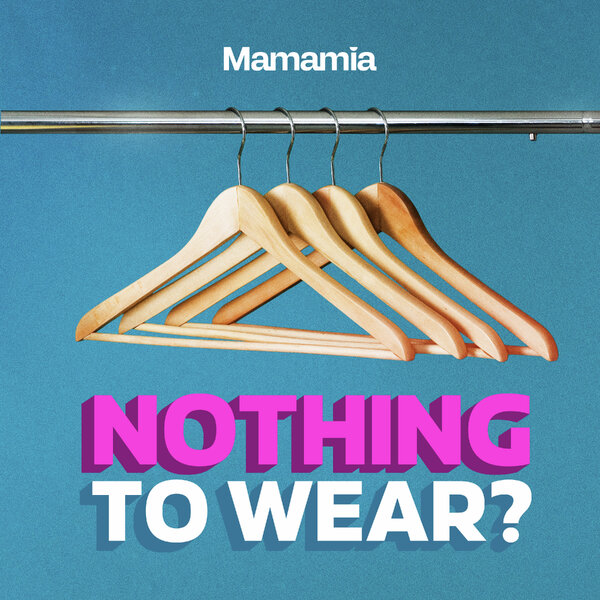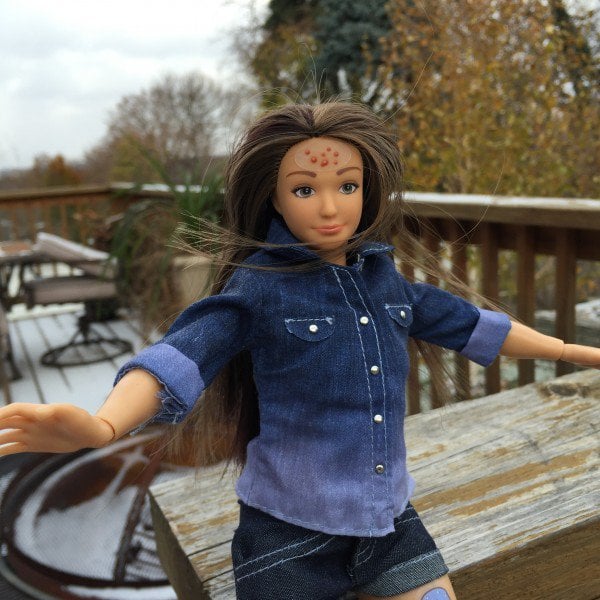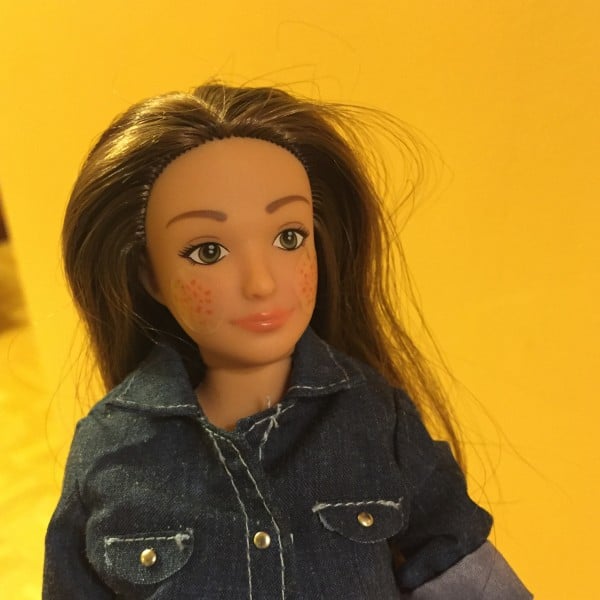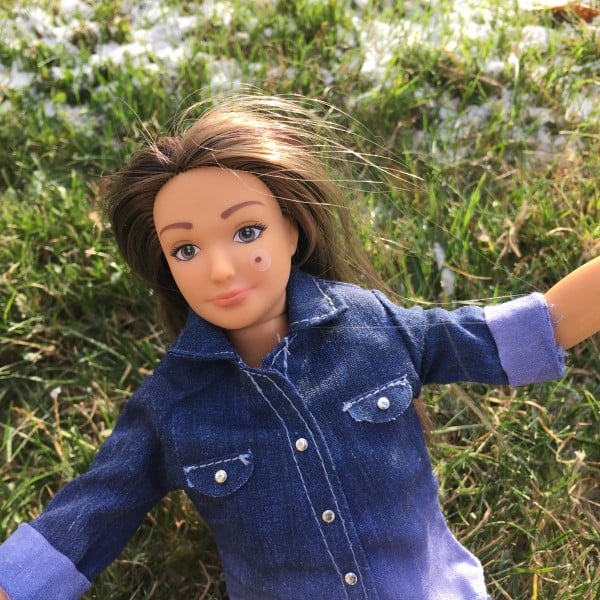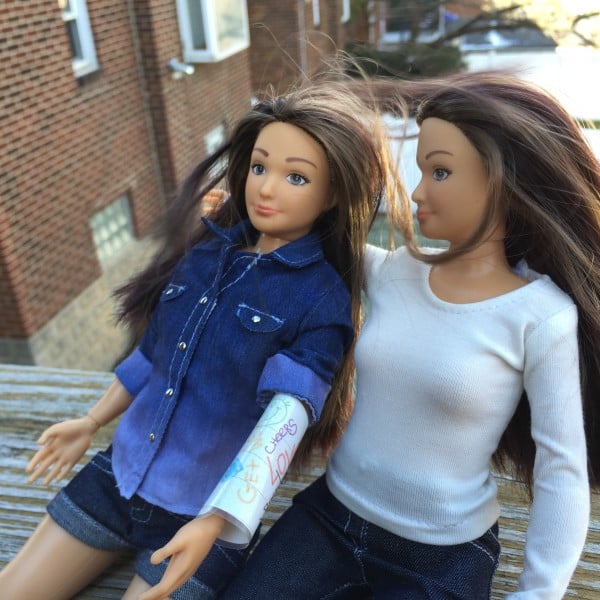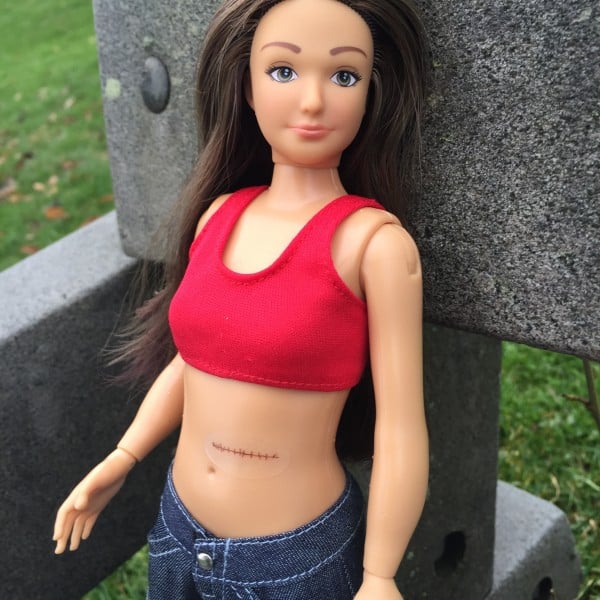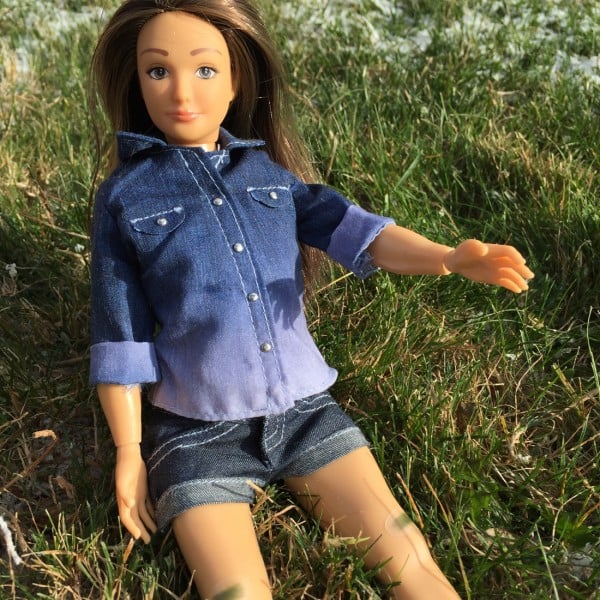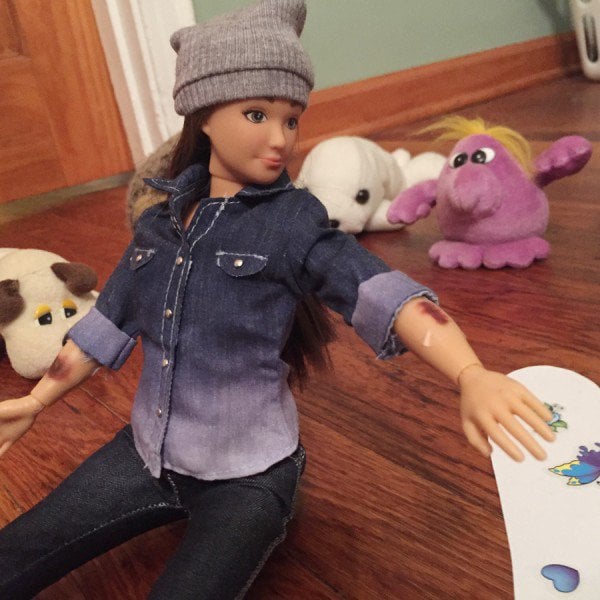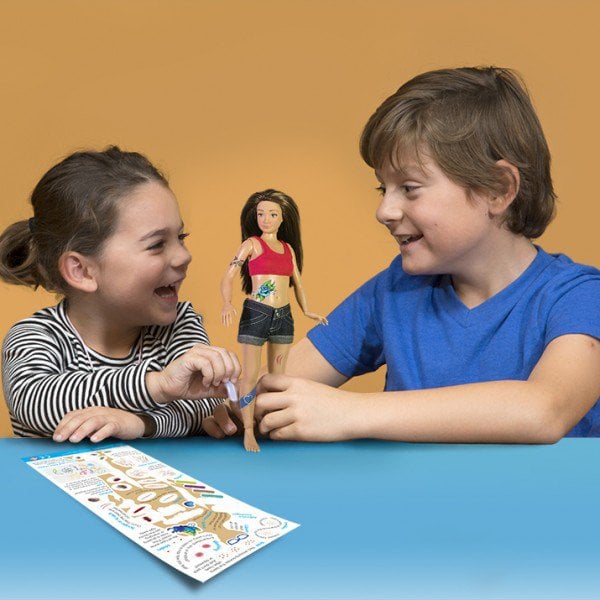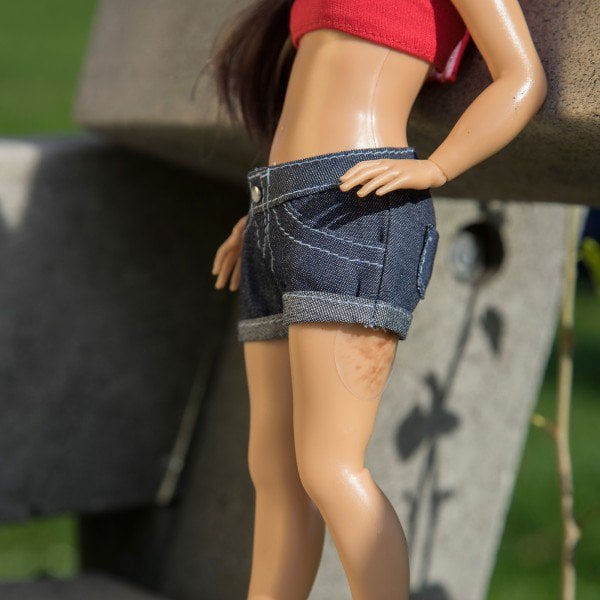
Launched in 1959, named after the inventor’s daughter Barbara, and owned by 99% of 3-10 year old girls in the USA, Barbie has been a popular request on young girls’ Christmas wish lists for 55 years.
So, should we buy them? What are these toys teaching our young girls? Barbie has been blamed for causing body image issues and even eating disorders. She has even been said to be perpetuating gender stereotypes that lead to domestic violence and the gender pay gap. But are they really all that bad?
Sure Barbie has impossible proportions, but is she really bad for body image? Image via Flickr/Freddycat1
There is no need to question whether Barbie’s body shape is unrealistic. Researchers have reminded us that her proportions would occur in less than 1 in 100,000 adult women, that her waist is 20cm smaller than a reference group of anorexic patients; and that, with these proportions, she would not be able to menstruate or even hold up her head.
The doll’s creator, Mattel, claims that the proportions were created for ease of dressing and undressing the doll, not replicating an adult figure. However, there is no such rationale for the very thin representation of Barbie in her TV show, movies, books, and range of online games. In all forms, Barbie represents a completely unattainable figure for adult women.
Body image in children
Almost 40% of children are thought to be dissatisfied with the way they look, and girls as young as five report weight concerns and express a desire to be thinner. Body image has consistently appeared in the top three issues of concern in the Mission Australia Survey of Young Australians from 2006 to 2013.

